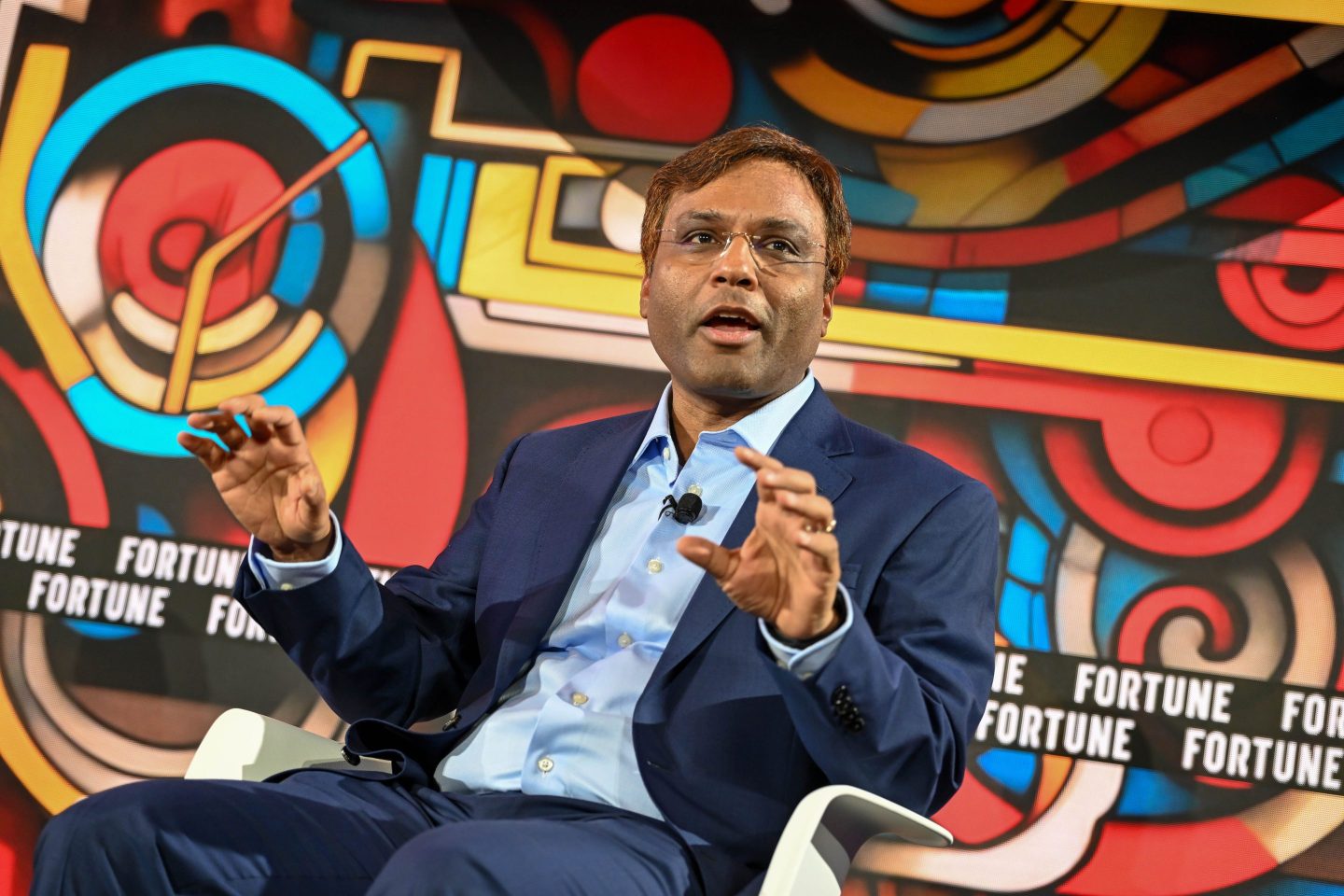For Jonathan, a 35-year-old journalist in New York, there’s a certain satisfaction to the heft and weight of his Apple credit card. Jonathan uses it for everything, sometimes taking it out for purchases that could easily be made with cash or a tap of his cell phone, just because he enjoys the tactility of the titanium card.
“The fact you can hold it a foot above the table and drop it, and it clangs, I love that,” says Jonathan, who asked that his last name to be withheld for privacy concerns. “It’s the most obnoxious thing you can probably do, I realize I deserve full social approbation for it, but I love it.”
That clanging, or “plunk factor,” has become almost as important as cash back or other rewards to a particular type of consumer, and it’s turned metal credit cards into a status symbol—particularly among aspirationally wealthy millennials who like to travel and eat out and don’t mind paying a few hundred bucks a year for access to airport lounges.
Metal cards were first mythologized by the invitation-only American Express Centurion Card, a.k.a. the Black Card, which reportedly boasts a $5,000 annual fee and a $10,000 initiation fee. AmEx won’t divulge the exact requirements, but it’s meant for a very specific—high-net worth—type of person. “I have people ask me how to get the Black Card,” says Sara Rathner, a credit cards expert at NerdWallet who has researched (and weighed) the metal cards on offer. “If you have to ask, you can’t.”
But, like other forms of once-premium experiences democratized for and by millennials, they were made available to the masses in 2016 when Chase unveiled its Sapphire Reserve card. The introduction of that card—made of a proprietary mix of metals, weighing around 13 grams—sent some consumers into a “full-blown frenzy,” says Brian Kelly, founder of The Points Guy. It became easier than ever to access a statement piece once reserved for the ultrarich; for a few hundred dollars a year—via a simplified application process—you could have the plunk-iest card at your business dinner.
To be clear, the generous rewards and unheard-of 100,000-point sign-up bonus were the real draws, but the novel material didn’t hurt; it helped the card take on the sheen of a unique, luxurious product that could differentiate the cardholder from peers. More than half of those who signed up initially were under 35.
“People went ballistic,” says Kelly. “When you drop it down on the table, the clink became synonymous with the elusive, super high-end.” The demand was so strong in the weeks after it was introduced that Chase actually ran out of metal to produce the cards.
‘A certain type of person’
Credit card companies are a competitive bunch, Kelly says, and the Chase Sapphire Reserve kicked off something of a premium-card arms race. Now there are any number of offerings, including from most major banks and other players like Amazon. Robinhood just announced it’s getting in the game with limited-edition 10-karat-gold cards, and some companies even offer metal debit cards—no credit check required.
The appeal is similar to that of high fashion or a luxury car, says Rathner. You might not be able to afford the best of the best, but the second or third choice in line that incorporates many of the same elements is just fine for most consumers.
“One of the reasons people buy a luxury car when a more modest car gets you from point A to point B is the wow factor. You feel like you’ve made it,” Rathner says. “Having a heavy metal credit card and treating a friend to lunch, you’re the deep pockets. It makes you seem like a certain type of person.”
For Chase, it was a home run. Though the company lost money at first thanks to the generous sign-up bonuses, many cardholders found that they rather liked their metal cards, and kept their accounts open, paying what is now a $550 annual fee.
"It makes you seem wealthy," says Kelly. "It’s definitely bragging rights—it feeds the ego that you made it. And that's so much of credit card marketing. It’s a sign of social status."
Kelly recalls in the early days of the Chase Sapphire Reserve, cashiers, waiters, and others who routinely handled others' cards would remark on its weight. It became another way for issuers to make their customers feel special, to offer something that suggested exclusivity, even as the cards became more and more common.
Jonathan puts it this way: "I really hate to play a type, but having the big, chunky object is nice. I'm the dorky guy who loves futzing around with some nice little thing."
'That's how trends go'
The cards are another component of the premium millennial economy. While cardholders of all ages love rewards cards—and older consumers are more likely to have the credit history and income required for the more generous offerings—they're representative of what the upwardly mobile consumer has come to crave over the past decade-plus: Design and exclusivity reign supreme, but consumers also expect that quality on the cheap. Rathner points out that there are even companies that will convert your plastic card into metal for you—not only do you not need to qualify for a Black Card, you don't even need to acquire its Sapphire cousin.
But as with other aspects of this premium economy, cardholders may find that not all that glitters is gold. At least in the beginning, metal cards weren't accepted by every ATM or payment machine; they could set off metal detectors; and they're still difficult to dispose of. And most have annual fees—typically hundreds of dollars.
Rathner warns that interested parties should favor substance over style do their research on which type of card benefits them the most based on their lifestyle: Would they reap more rewards with a card offering travel points or one with better rewards for buying groceries?
Moving forward, both Kelly and Rathner can see the metal credit card losing some of its appeal. Kelly says society is transitioning to more cardless payment methods, like Apple Pay. And Rathner notes the next generation may be more interested in environmentally friendly alternatives.
"The metal card is still touted as this luxurious thing, but it’s more readily available than ever before," says Rathner. "That’s how trends go. It’s rare, and then it becomes more and more available to the general public, and it becomes pedestrian."













